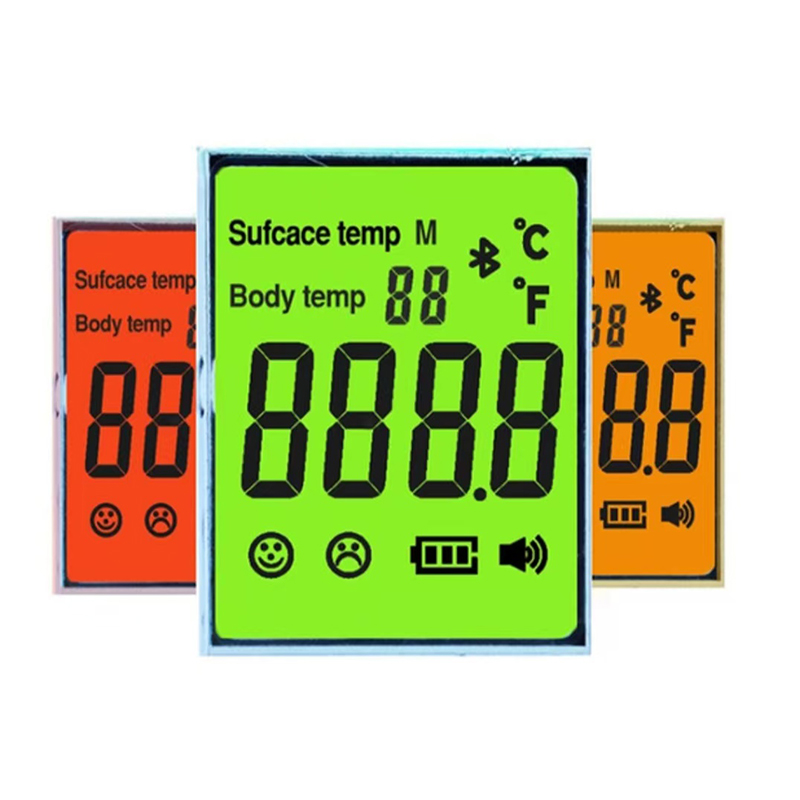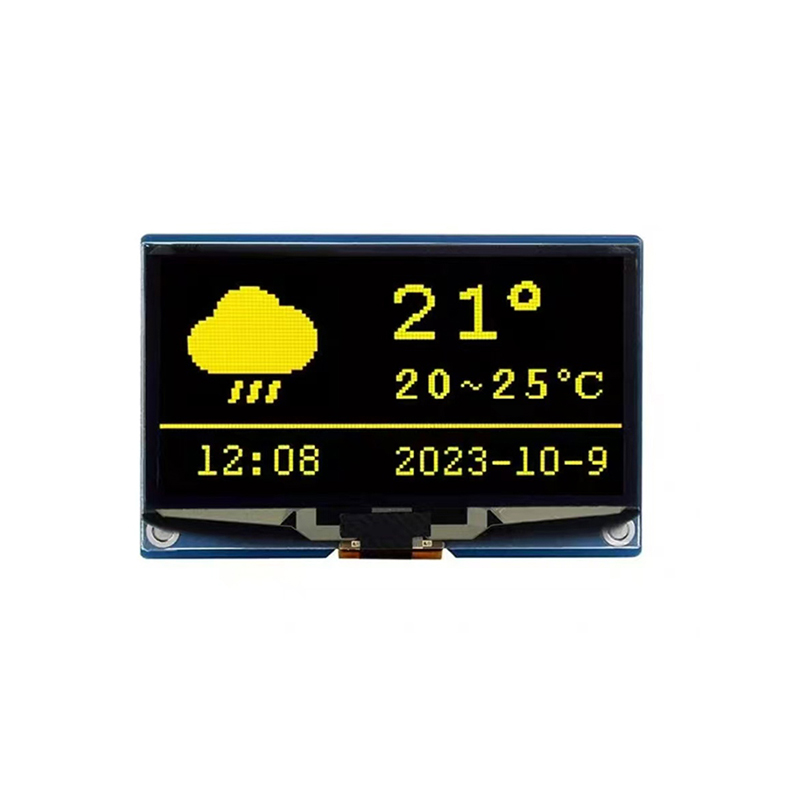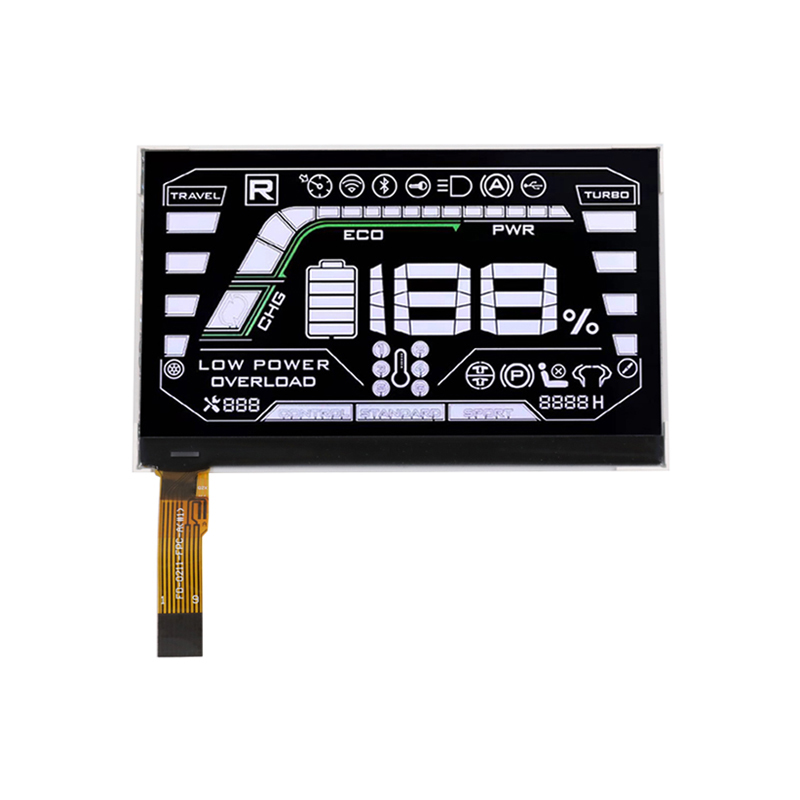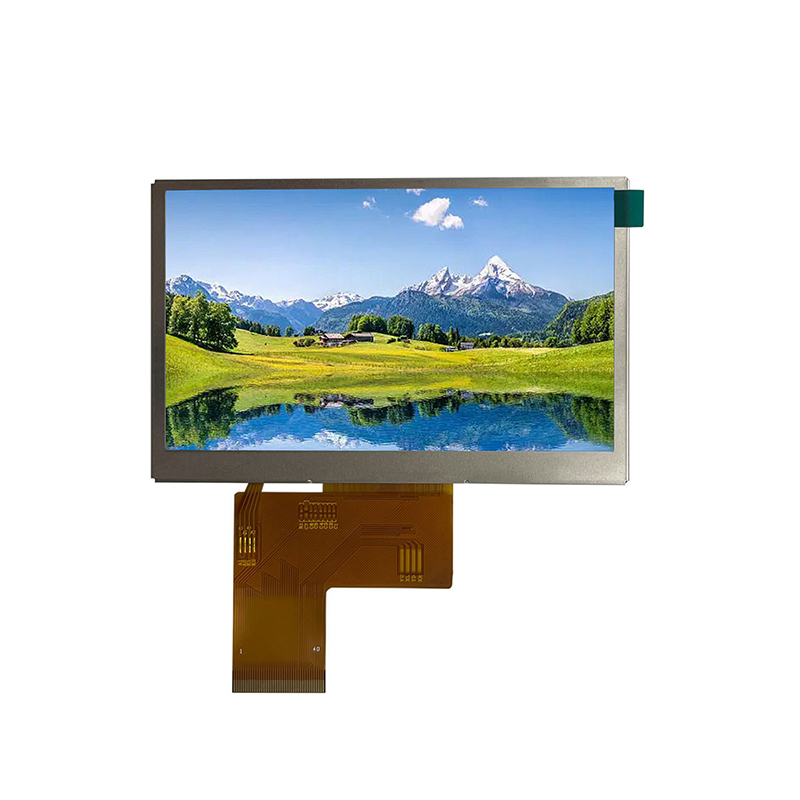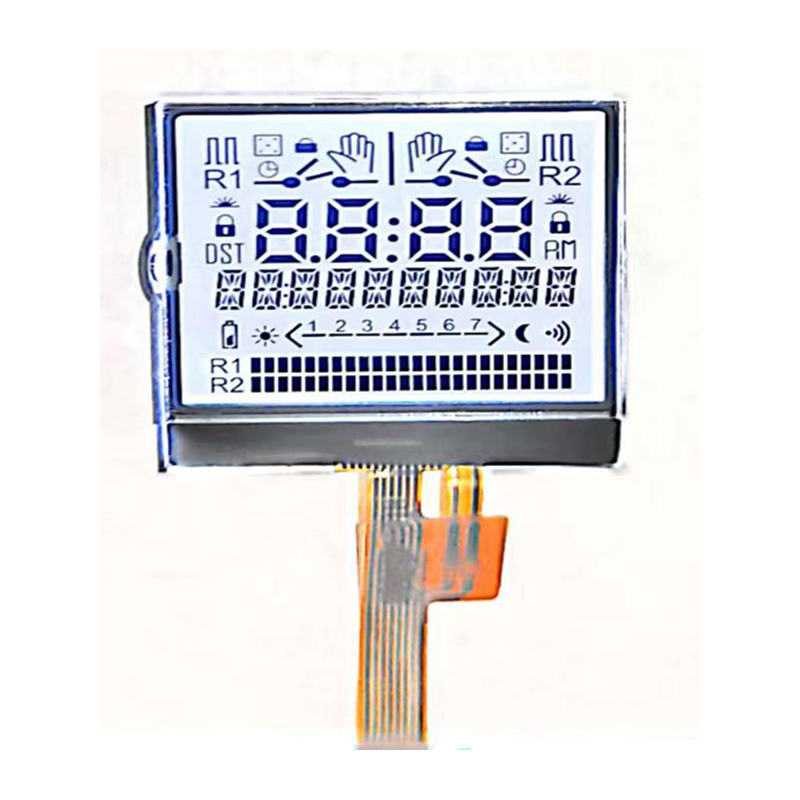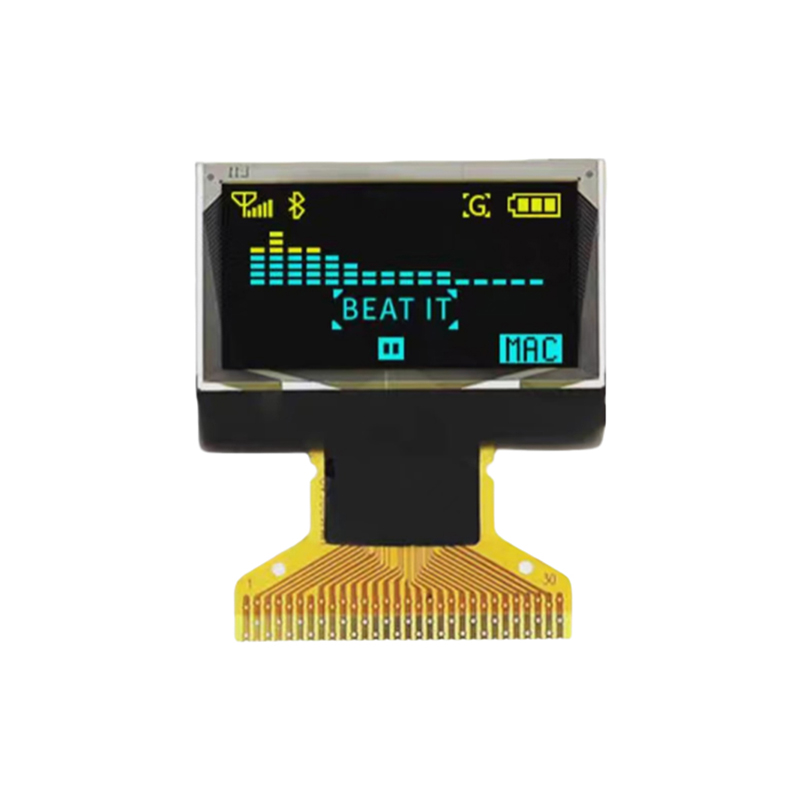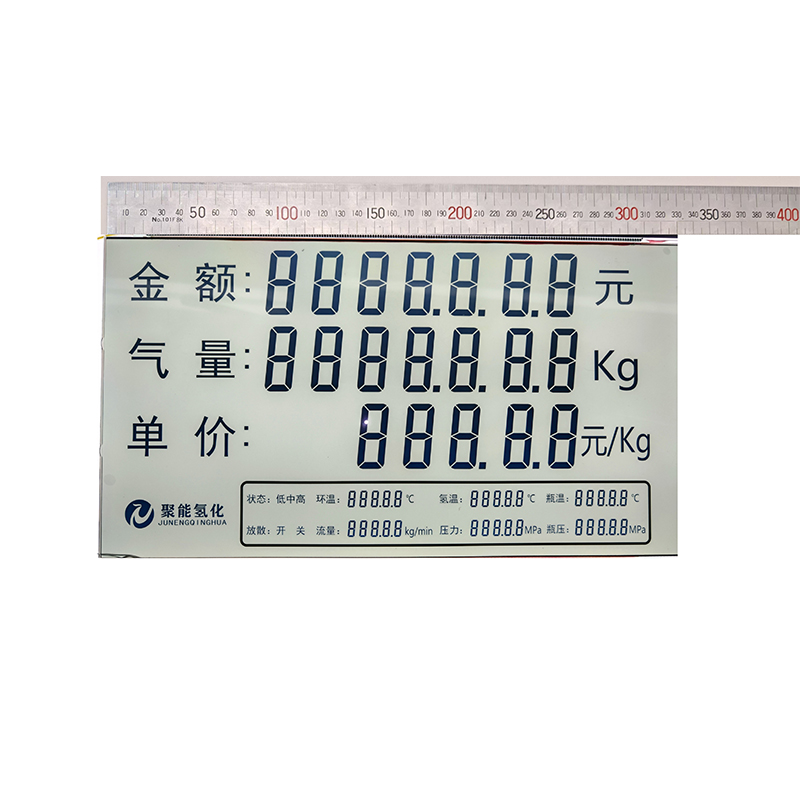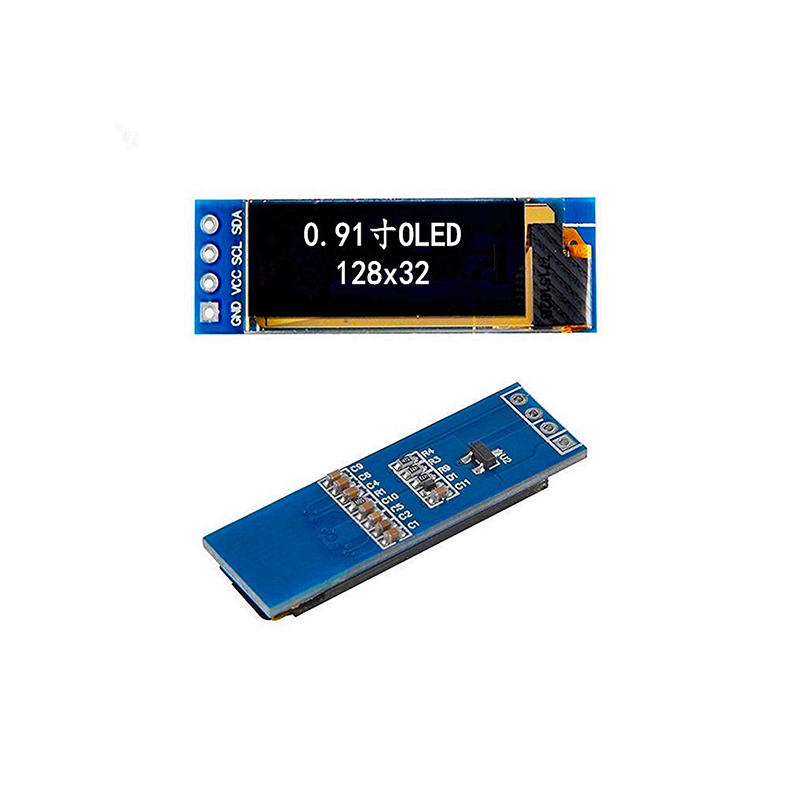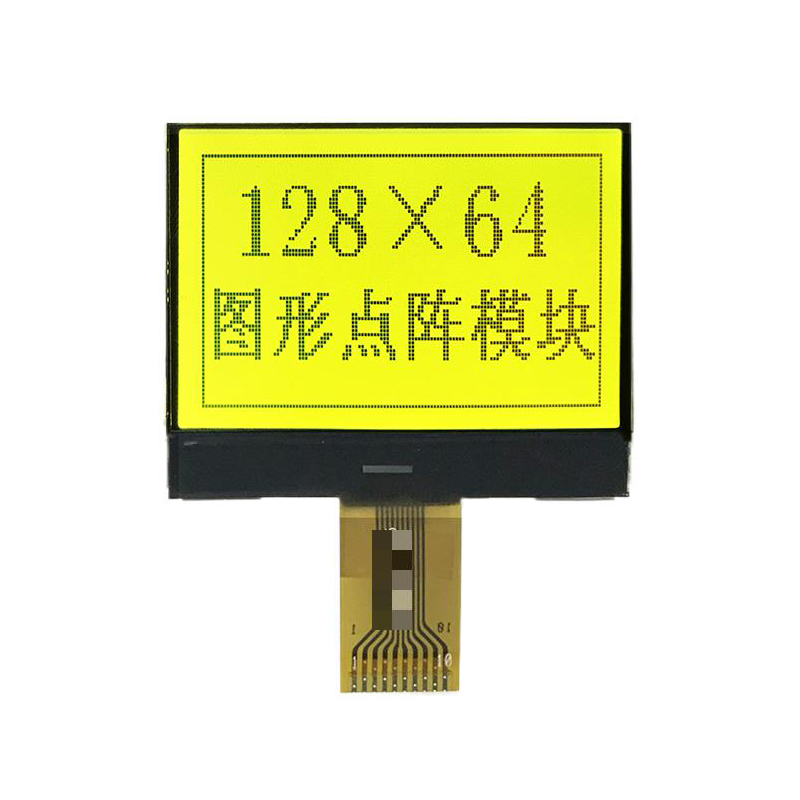
This comprehensive guide explores the I2C and SPI interfaces, detailing their functionalities, differences, and practical applications. We'll cover setup, advantages, disadvantages, and offer real-world examples to help you choose the right interface for your project. Learn how to effectively integrate these essential communication protocols into your embedded systems design.
I2C (Inter-Integrated Circuit) is a multi-master, serial communication bus commonly used for short-distance, low-speed communication between microcontrollers and peripherals. It requires only two bidirectional lines: SDA (Serial Data) and SCL (Serial Clock). Its simplicity and ease of use make it a popular choice for numerous applications. I2C uses a simple, readily understood protocol, minimizing complexity for users. The low power consumption further enhances its suitability for portable devices.
SPI (Serial Peripheral Interface) is another widely used serial communication protocol, known for its high speed and full-duplex communication capabilities. It typically uses four wires: MOSI (Master Out Slave In), MISO (Master In Slave Out), SCK (Serial Clock), and SS/CS (Slave Select/Chip Select). The use of a dedicated Slave Select line allows for simultaneous communication with multiple slaves, without the need for complex addressing schemes like I2C.
| Feature | I2C | SPI |
|---|---|---|
| Number of Wires | 2 | 4 (typically) |
| Data Rate | Lower | Higher |
| Communication Mode | Half-duplex | Full-duplex |
| Master/Slave | Multiple Masters | Single Master, Multiple Slaves |
The choice between I2C and SPI depends heavily on the specific application requirements. For applications requiring high speed data transfer, such as transferring large amounts of data or streaming video, SPI is the better option. However, if simplicity, low power consumption, and the ability to have multiple masters on the same bus are crucial, I2C is generally preferred. Consider factors such as data rate, number of peripherals, pin count, and power consumption when making your decision.
For high-quality LCD displays and other embedded system components, consider exploring the offerings from Dalian Eastern Display Co., Ltd. They provide a wide range of reliable and efficient components compatible with both I2C and SPI protocols.
Understanding the nuances of I2C and SPI interfaces is crucial for any embedded systems developer. This guide provides a strong foundation, allowing you to confidently select and implement the appropriate communication protocol for your next project. Remember to consider factors like data rate, complexity, and power consumption when making your decision. By carefully evaluating your specific needs, you can optimize your design for maximum efficiency and performance.
1 Datasheets and application notes from various microcontroller and peripheral manufacturers.



